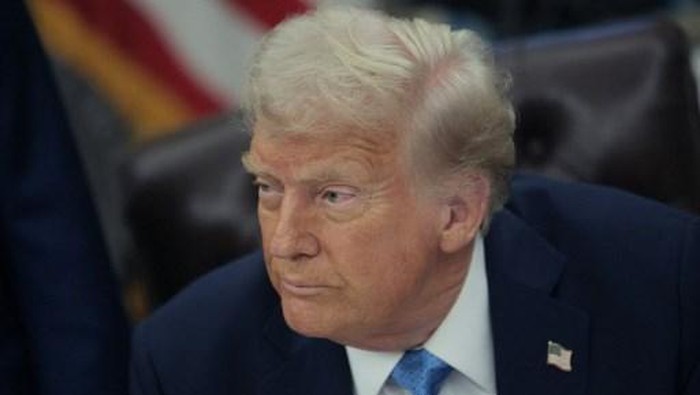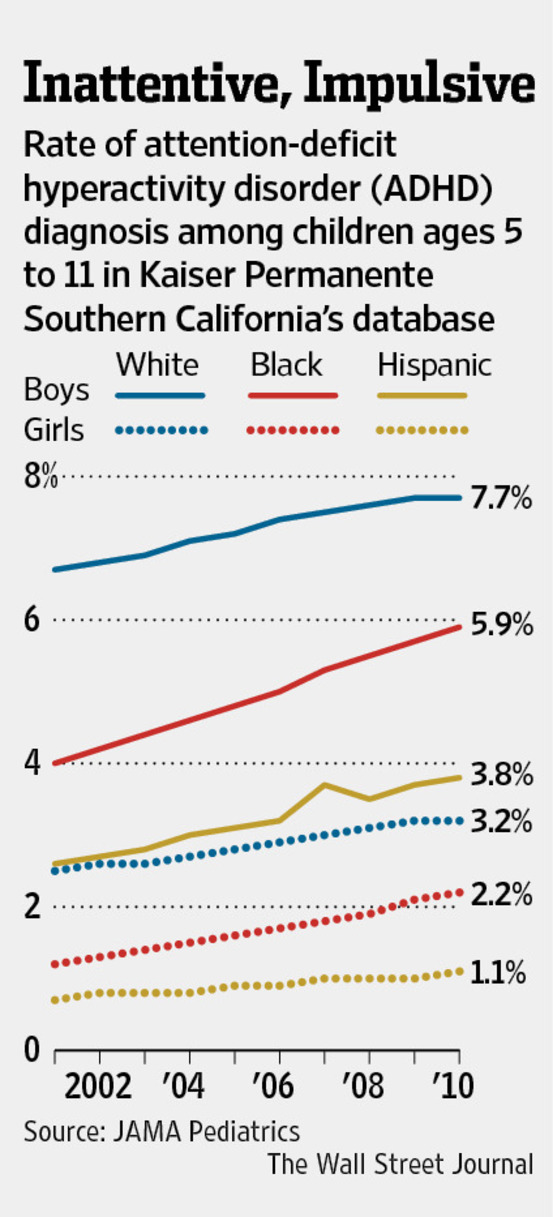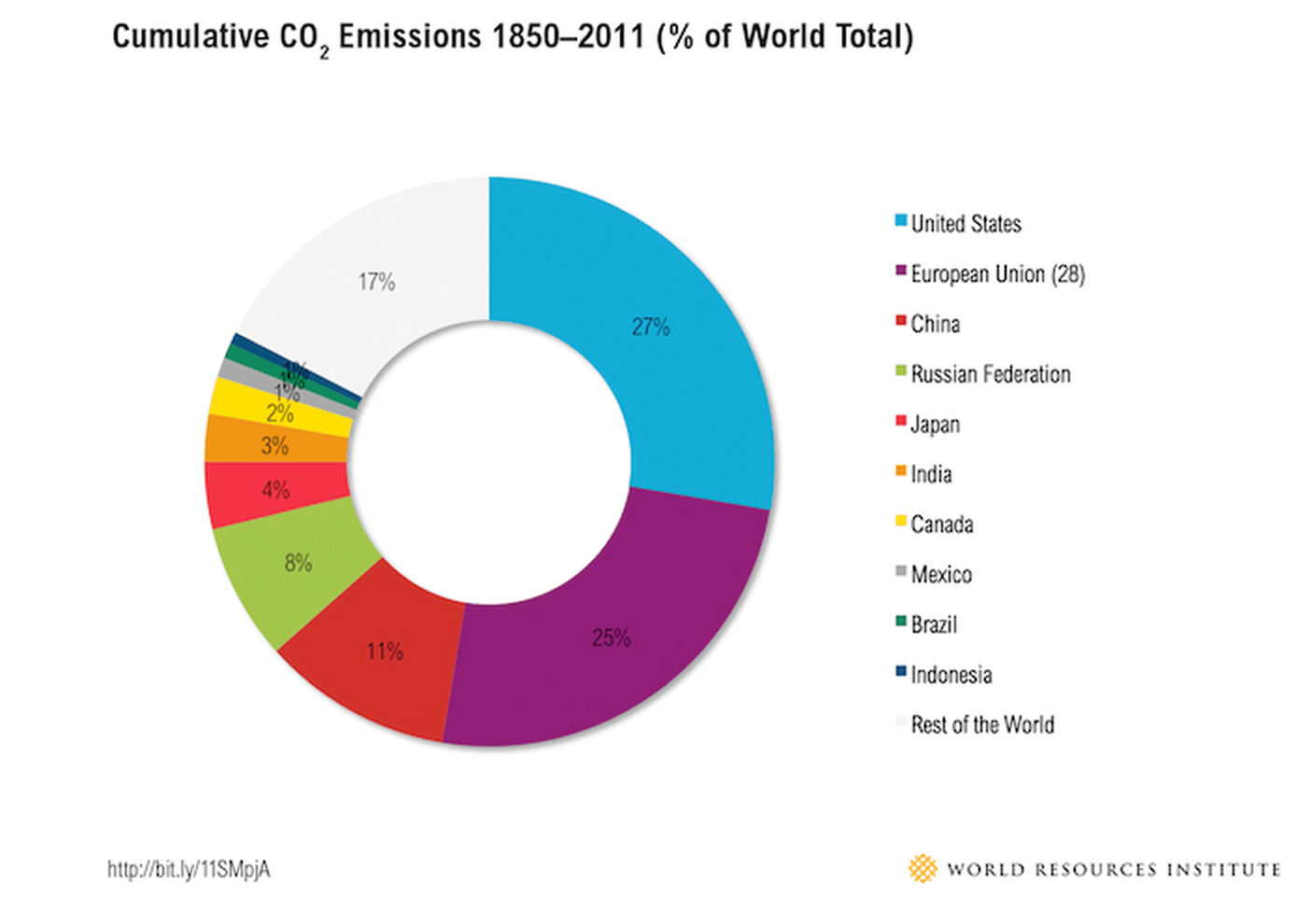Analyzing Trump's Potential 100-Day Agenda: Trade Deals, Deregulation, And Executive Orders

Table of Contents
Trade Deals: Renegotiation and Protectionism
Trump campaigned on a platform of renegotiating unfavorable trade deals and implementing protectionist measures to bolster American industries. His approach to trade significantly shaped his 100-day agenda and beyond.
Re-negotiating NAFTA:
Trump viewed the North American Free Trade Agreement (NAFTA) as detrimental to the US economy. His administration initiated negotiations to replace it with the United States-Mexico-Canada Agreement (USMCA).
- Campaign Promises: Trump repeatedly promised to either renegotiate NAFTA or withdraw from it entirely, citing job losses in the US manufacturing sector.
- Actions Taken: Within his first 100 days, the Trump administration signaled its intention to renegotiate NAFTA, leading to protracted discussions with Canada and Mexico.
- Economic Effects: The renegotiated USMCA aimed to address some of the criticisms of NAFTA, including updated labor and environmental provisions. However, the overall economic impact remains a subject of debate, with some arguing it led to minimal changes while others point to potential benefits for specific industries.
- Long-Term Implications: The USMCA replaced NAFTA, signifying a shift in North American trade relations. The long-term effects continue to be assessed, focusing on the impact on supply chains, investment flows, and job creation across all three nations. The agreement's impact on various sectors including agriculture and automotive manufacturing continues to be a topic of study.
Imposing Tariffs:
A key element of Trump's trade policy was the imposition of tariffs on imported goods. This protectionist approach aimed to level the playing field for American businesses and encourage domestic production.
- Examples of Tariffs: Tariffs were imposed on steel and aluminum imports from various countries, as well as on goods from China. These tariffs triggered retaliatory measures from other nations, escalating trade tensions globally.
- Industries Affected: The steel and aluminum industries initially benefited from the tariffs, but other sectors, such as manufacturing and agriculture, faced increased input costs and reduced exports.
- Responses from Other Countries: The imposition of tariffs led to retaliatory tariffs from China, the European Union, and other trading partners, resulting in a global trade war.
- Impact on Consumer Prices: Tariffs increased the prices of imported goods, affecting consumers' purchasing power and overall inflation. The effect varied across different product categories.
- Overall Effect on US Trade Balance: The impact on the US trade balance is complex and debated. While some argue it reduced the trade deficit in specific sectors, others contend it negatively impacted the overall balance through reduced exports and increased import costs.
Bilateral Trade Agreements:
Trump expressed a preference for bilateral trade agreements over multilateral ones, viewing them as more efficient and less restrictive.
- Examples of Bilateral Agreements: The administration pursued bilateral trade agreements with various countries, focusing on specific sectors and interests.
- Comparison to Multilateral Agreements: Bilateral agreements offered greater flexibility and allowed for tailored solutions but potentially lacked the broader benefits and stability of multilateral accords.
- Advantages and Disadvantages: While bilateral agreements allow for more targeted negotiations, they can be more time-consuming and may lead to fragmented trade relationships. Multilateral agreements offer greater predictability and stability but may require compromises that don't fully satisfy all participants.
- Impact on Global Trade Governance: Trump's emphasis on bilateralism challenged the existing multilateral trade system, particularly the World Trade Organization (WTO), raising concerns about global trade governance.
Deregulation: Reducing Government Oversight
A core component of Trump's 100-day agenda was deregulation, aiming to reduce the burden of government regulations on businesses.
Environmental Regulations:
The Trump administration pursued a significant rollback of environmental regulations, arguing that they stifled economic growth.
- Specific Regulations Targeted: Regulations related to clean air, clean water, and greenhouse gas emissions were significantly altered or weakened.
- Environmental Consequences: Critics argued that the deregulation led to increased pollution and hindered efforts to combat climate change. The long-term effects on environmental quality are still being studied and debated.
- Economic Benefits and Drawbacks: Supporters claimed deregulation stimulated economic growth by reducing compliance costs for businesses. However, opponents argued it led to long-term environmental damage, which ultimately poses economic risks.
- Legal Challenges: Many of the deregulation efforts faced legal challenges from environmental groups and other stakeholders.
Financial Regulations:
The administration sought to reduce financial regulations, arguing that they were overly burdensome and hindered economic growth.
- Specific Regulations Affected: Efforts were made to roll back aspects of the Dodd-Frank Wall Street Reform and Consumer Protection Act.
- Potential Risks and Benefits: Deregulation could potentially boost economic activity but also increase systemic risk within the financial sector. The debate continues on the balance between growth and stability.
- Impact on Financial Stability: The long-term impact of reduced financial regulation on financial stability is a subject of ongoing analysis and debate among economists.
- Consumer Protection Implications: Easing regulations could potentially reduce consumer protections in the financial sector.
Healthcare Regulations:
The Trump administration sought to alter the Affordable Care Act (ACA), arguing it was too expensive and ineffective.
- Actions Taken Regarding the ACA: Efforts were made to repeal and replace the ACA, but these efforts were largely unsuccessful. However, changes were implemented to weaken certain aspects of the Act.
- Impact on Healthcare Costs: The impact on healthcare costs is debated; some argue that changes led to increased costs for some individuals, while others claim it resulted in more market competition.
- Access to Healthcare: The effect on healthcare access also remains a subject of ongoing analysis, with concerns raised about potential reductions in coverage for certain populations.
- Insurance Coverage: Changes impacted the number of insured individuals, with fluctuations based on differing state regulations and policy implementation.
Executive Orders: Rapid Policy Implementation
Trump frequently utilized executive orders to implement policy changes quickly, bypassing the often lengthy legislative process.
Immigration Policies:
Executive orders played a significant role in shaping immigration policy during the first 100 days.
- Specific Executive Orders Related to Immigration: Executive orders addressed issues such as border security, deportation, and the Deferred Action for Childhood Arrivals (DACA) program.
- Legal Challenges: Many of these executive orders faced numerous legal challenges, leading to prolonged court battles.
- Public Reaction: The immigration policies implemented through executive orders elicited strong reactions, both positive and negative, from various groups within society.
- Impact on Immigration Policy: The use of executive orders in shaping immigration policy resulted in significant changes but also created legal uncertainty and considerable debate.
Other Key Executive Orders:
Beyond immigration, numerous other executive orders touched on various sectors during the first 100 days.
- Examples of Executive Orders: Executive orders impacted various areas including energy, environmental protection, and infrastructure development.
- Impact on Relevant Sectors: These executive orders led to significant changes in policy across many sectors, altering regulatory landscapes and influencing various industries.
- Legal Challenges: Many faced legal challenges, highlighting the tension between executive authority and judicial oversight.
- Public Perception: Public perception varied significantly, with different groups responding based on their perspectives and values.
Conclusion
Trump's 100-day agenda was characterized by a bold approach to trade, deregulation, and the use of executive orders. Analyzing the impact of his actions on NAFTA renegotiation, tariff implementation, environmental regulations, and immigration policy provides a critical understanding of his governance style and lasting policy legacies. Understanding the ramifications of Trump's 100-Day Agenda remains crucial for comprehending current political and economic landscapes. Further research into the long-term effects of these policies is essential. To delve deeper into the specifics of each policy area within Trump's 100-day agenda, further research is recommended.

Featured Posts
-
 Study Reveals Increased Adhd Rates In Adults With Autism And Intellectual Disability
Apr 29, 2025
Study Reveals Increased Adhd Rates In Adults With Autism And Intellectual Disability
Apr 29, 2025 -
 Capital Summertime Ball 2025 Ticket Information For Braintree And Witham Residents
Apr 29, 2025
Capital Summertime Ball 2025 Ticket Information For Braintree And Witham Residents
Apr 29, 2025 -
 Macario Martinez From Street Sweeper To National Celebrity
Apr 29, 2025
Macario Martinez From Street Sweeper To National Celebrity
Apr 29, 2025 -
 Harnessing The Power Of Group Support For Adhd
Apr 29, 2025
Harnessing The Power Of Group Support For Adhd
Apr 29, 2025 -
 Fatal Shooting Of Georgia Deputy During Traffic Stop
Apr 29, 2025
Fatal Shooting Of Georgia Deputy During Traffic Stop
Apr 29, 2025
Latest Posts
-
 Bof A On Stock Market Valuations Why Investors Shouldnt Panic
May 12, 2025
Bof A On Stock Market Valuations Why Investors Shouldnt Panic
May 12, 2025 -
 Stock Market Valuations Bof As Reassurance For Investors
May 12, 2025
Stock Market Valuations Bof As Reassurance For Investors
May 12, 2025 -
 Analyzing Trumps Stance On Cheap Oil Implications For The Energy Sector
May 12, 2025
Analyzing Trumps Stance On Cheap Oil Implications For The Energy Sector
May 12, 2025 -
 Trumps Embrace Of Cheap Oil Challenges And Consequences For The Energy Industry
May 12, 2025
Trumps Embrace Of Cheap Oil Challenges And Consequences For The Energy Industry
May 12, 2025 -
 The Trump Presidency And Cheap Oil An Analysis Of Industry Impact
May 12, 2025
The Trump Presidency And Cheap Oil An Analysis Of Industry Impact
May 12, 2025
